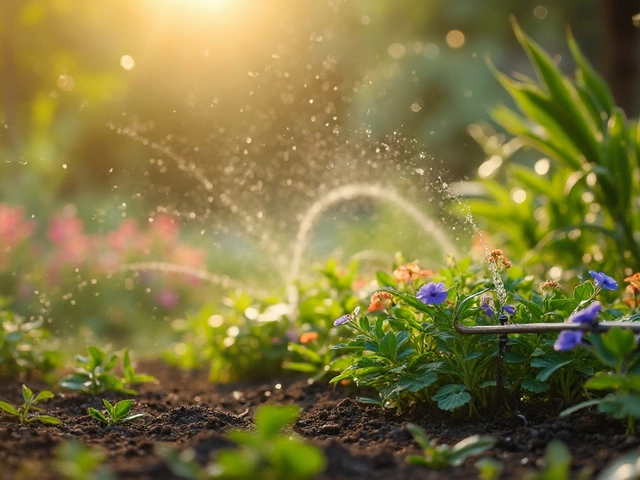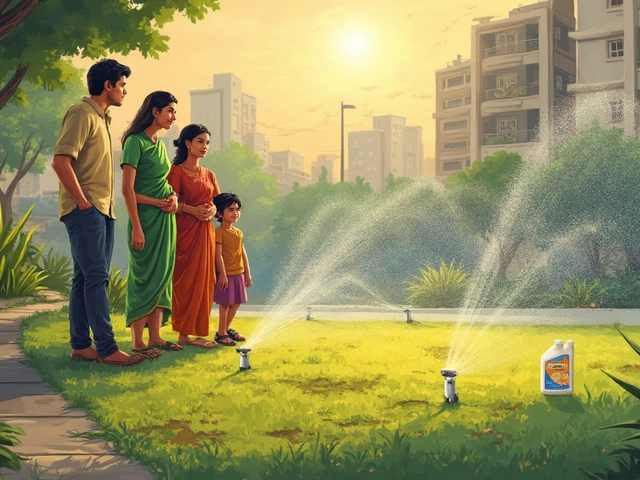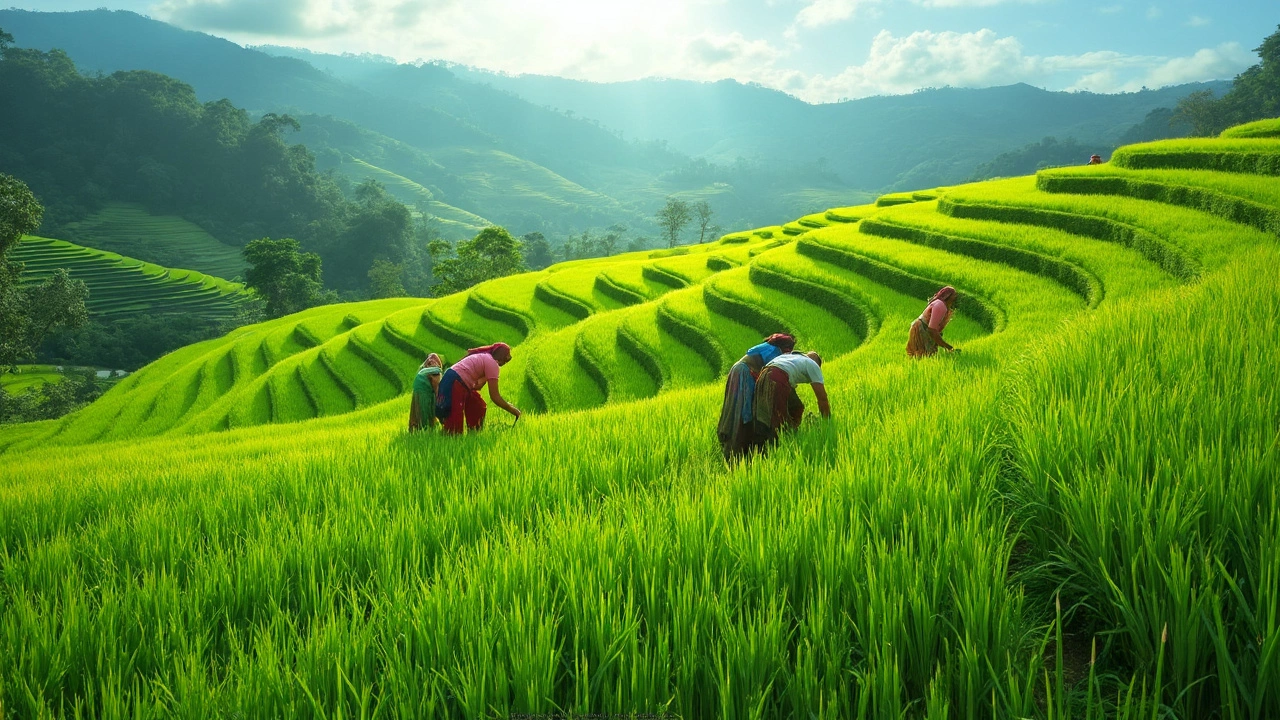Topography for Rice: Why Land Shape Matters
When you start a rice field, the land itself is as important as the seed. A flat field with good water retention can give you a solid harvest, while a steep slope can drown the plants or dry them out fast. Understanding how your terrain works helps you plan irrigation, avoid erosion, and match the right rice variety to the right spot.
Why Topography Matters in Rice Farming
Rice loves standing water, but it also needs firm soil to keep roots stable. If the ground is too low, water pools and the plants can rot. Too high, and the water runs off before the seedlings get enough moisture. The ideal slope for most Indian paddies is between 0.1% and 1% – just enough to let water move slowly without washing soil away.
Soil depth plays a role too. Shallow soil warms up quickly, which can speed up growth, but it also dries out faster. Deeper soil holds water longer, giving the crop a steady supply during dry spells. Check the depth by digging a small pit; you should see at least 30‑40 cm of loamy soil before hitting hardpan or rock.
Another factor is the natural drainage pattern. Look for natural low‑lying areas where water collects naturally – those become your main water basins. High points act as natural channels that can be used to guide water into the field. Aligning your irrigation lines with these patterns saves energy and reduces the need for extra pumps.
Tips to Choose the Right Land for Your Paddy
1. Survey the slope. Use a simple string level or a digital app to measure the gradient across the field. If the slope exceeds 1% in any spot, consider terracing or avoid that area.
2. Test soil texture. Take a handful of soil and add water. If it clumps easily, it’s clay‑rich and holds water well. If it falls apart, you may need to add organic matter to improve water retention.
3. Check for water sources. Proximity to a river, canal, or reliable well makes irrigation easier. Make sure the source can supply water for at least 120 days, the typical rice growing season.
4. Watch for erosion signs. Look for gullies or exposed roots on the edges. Erosion can strip topsoil, lower yields, and increase the need for fertilizer.
5. Plan field layout. Divide the field into sections based on elevation. Plant the lowest section first, then move up. This way, water naturally flows from one section to the next, reducing the need for manual water movement.
Once you pick the land, prepare it by leveling gently, adding a thin layer of compost, and creating small bunds on the edges to hold water. After that, follow the best‑soil‑for‑rice guidelines and keep an eye on water levels throughout the season.
By matching the right topography with proper soil management, you give your rice a solid foundation to grow strong and produce a good yield. Small adjustments in field design can save you time, water, and money, making every planting season more successful.
Best Topography for Growing Rice: Key Insights
Rice cultivation thrives in specific topographies that provide the best conditions for growth. Understanding these landscapes is key to maximizing yield and maintaining sustainable practices. Let's explore what terrain works best and why, uncovering useful tips to improve rice farming techniques. Learning about the optimal environments can empower farmers to make more informed decisions and cultivate healthier crops.
About
Gardening
Latest Posts


Dripper vs. Emitter: What's the Difference in Drip Irrigation?
By Alden Thorne Mar 26, 2025

Best Balcony Garden Direction for Sunlight and Plant Growth
By Alden Thorne Nov 28, 2025

Vegetable Garden Soil: What to Add for Healthy Growth
By Alden Thorne Jun 3, 2025

